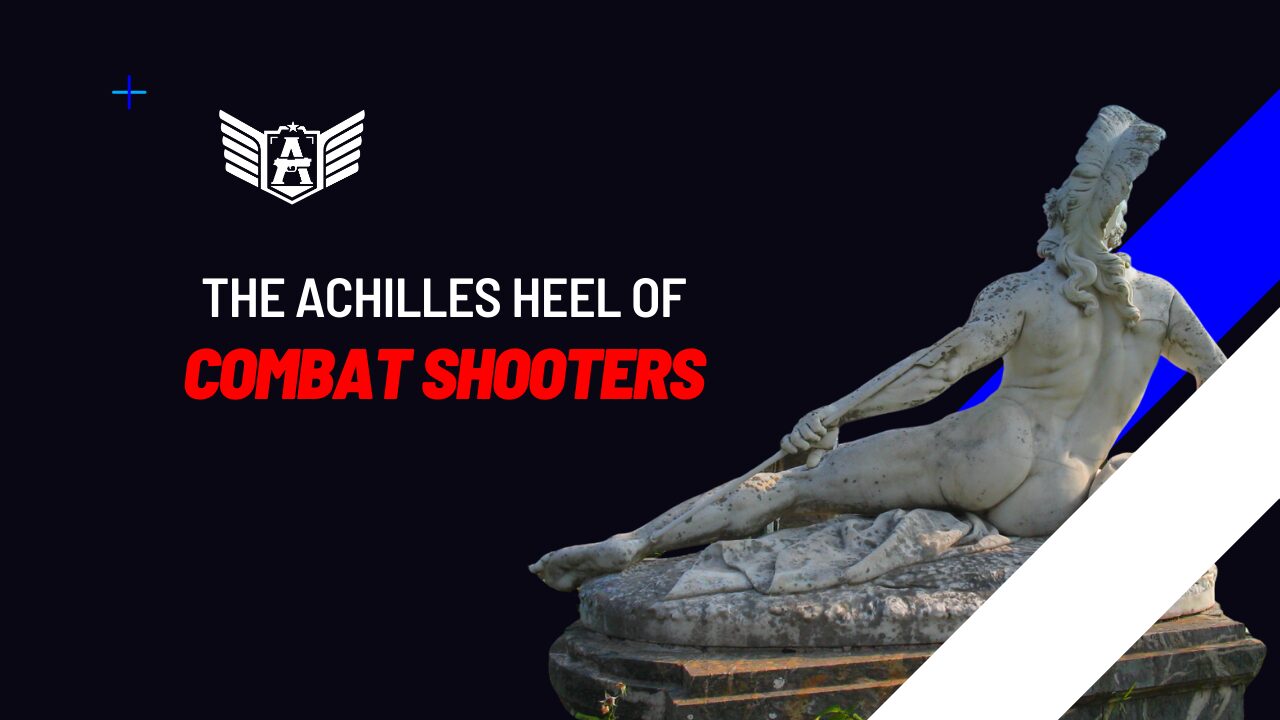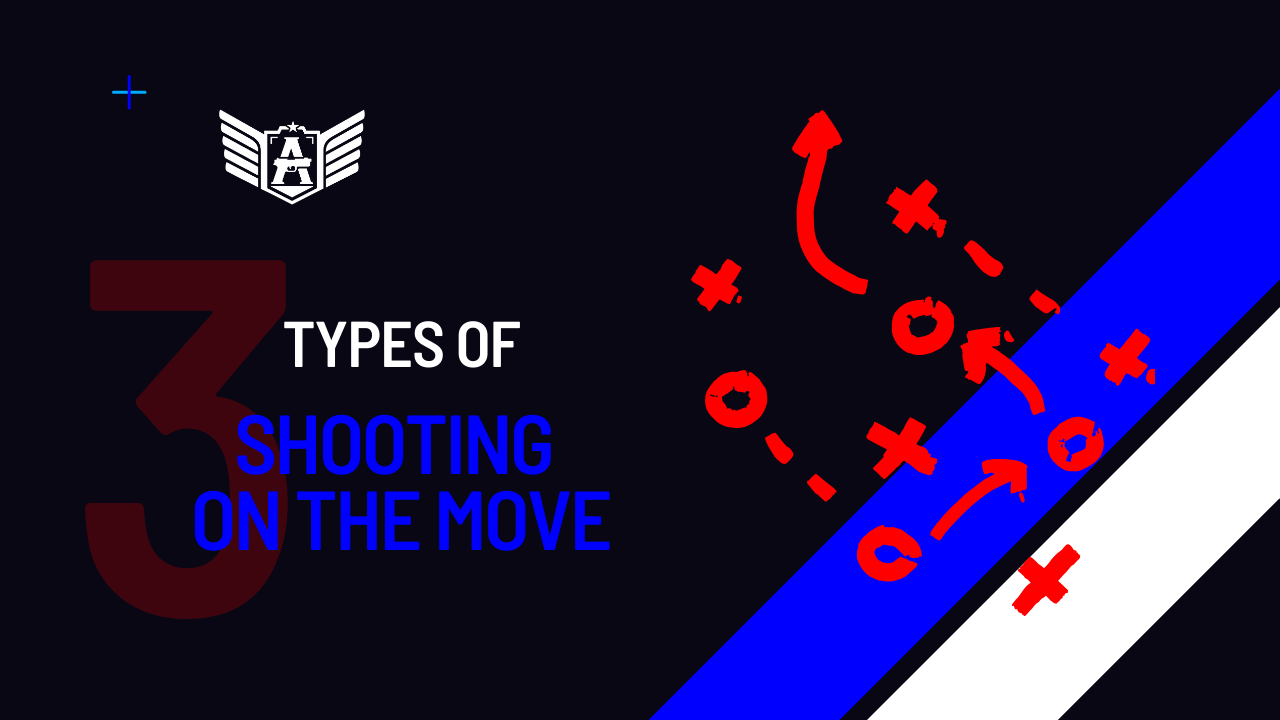
Combat shooting, distinct from sports shooting and other recreational forms, presents unique challenges and traps for practitioners. It’s imperative to draw a clear distinction between these disciplines, as confusion often arises, particularly regarding combat versus sports shooting.
First and foremost, it’s important to definitively differentiate combat shooting from sports shooting, hunting, recreational shooting, and so on. The subject where people still confuse things is usually distinguishing sports shooting from combat shooting, but these are incomparable practices. One has detrimental effects on the other and vice versa. I won’t spoil anything, but it happened to me. I always train for combat shooting, and for reasons beyond my control, I recently participated in a mini sports competition involving shooting while moving. What happened was that the rules of combat shooting are not good practices for sports shooting. In this competition, I was disqualified for not following the rules. Surely, the reverse is also true. Those who focus solely on competition have good practices for competition, which are not necessarily good practices for saving your life. Often, some habits from sports shooting can put your life at much greater risk. And that’s where the issue lies.
Combat shooting, inherently focused on real-world defense scenarios, necessitates a mindset distinct from that cultivated in sports shooting. While both demand precision and skill, combat shooting emphasizes practicality over competition. However, this distinction can be lost on many practitioners, leading to the misapplication of techniques and principles.

One notable pitfall is the misconception surrounding precision in combat shooting. While hitting the exact bullseye may seem paramount, combat scenarios rarely afford such luxuries. Instead, shooters must adapt to dynamic, unpredictable situations where minor deviations from the mark are inconsequential. Yet, some individuals may misinterpret this flexibility as an excuse for subpar performance, thereby undermining their training and effectiveness.
Moreover, combat shooting often lacks the competitive element prevalent in sports shooting. In the absence of external benchmarks and rankings, shooters may struggle to maintain a consistent drive for self-improvement. Unlike their counterparts in sports shooting, combat shooters may find themselves settling for mediocrity, failing to push their limits and refine their skills.
To address this challenge, combat shooters must cultivate intrinsic motivation and a commitment to continuous improvement. Without external incentives, such as competitions or rankings, shooters must rely on internal drive and discipline to excel in their craft. By fostering a mindset of self-improvement and setting personal benchmarks, combat shooters can overcome the inherent lack of competitiveness and strive for excellence in their practice.
Combat shooting presents unique challenges, including the absence of external competitiveness, which can hinder practitioners’ motivation and progress. However, by understanding these challenges and cultivating intrinsic motivation, combat shooters can overcome these obstacles and strive for mastery in their discipline.




